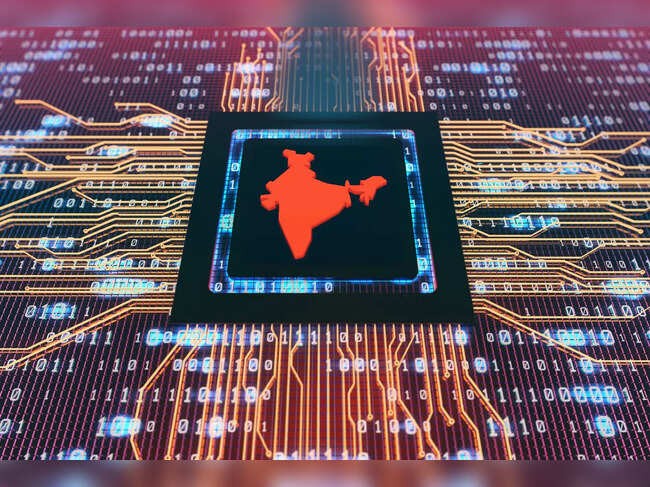



RBI’s Centralised Information Management System (CIMS) enables regulated entities to report digital lending app data, enhancing oversight and transparency. It combats fraud, protects borrowers through clearer disclosures, and ensures only legitimate apps operate. CIMS promotes accountability, improves compliance efficiency, and strengthens RBI’s ability to monitor and regulate digital lending practices.

Copyright infringement not intended
Picture Courtesy: BUSINESS-STANDARD
RBI mandates Regulated entities (REs) to report digital lending app data via centralised information management system (CIMS) portal for better regulatory oversight.
The RBI introduced the CIMS to manage the data it collects from banks, non-banking financial companies (NBFCs), and other regulated entities (REs).
It uses advanced technology to handle “Big Data,” allowing advanced tasks like data mining (extracting useful patterns), text mining (analyzing text data), visual analytics (creating visual representations), and statistical analysis.
It connects data from multiple sources, making it easier for the RBI to monitor the financial system, spot risks, and make informed decisions. For example, it helps the RBI to track how banks lend money, detect fraud, or assess economic trends.
By using cloud-based technology, CIMS allows banks and other entities to submit reports electronically, reducing paperwork and improving efficiency.
The RBI issued the Reserve Bank of India (Digital Lending) Directions, 2025, to regulate digital lending practices.
All regulated entities—such as banks, NBFCs, cooperative banks, and housing finance companies—must report details of their digital lending apps (DLAs) through the CIMS portal.
The step aims to address growing concerns about fraudulent lending apps, especially those involved in scams or unethical practices. For example, in 2022–2023, the RBI flagged 442 suspicious apps, and Google removed over 2,200 loan apps from its Play Store.
Boosts Transparency => Consumers can check if a lending app is legitimate, reducing the risk of falling for scams. The public directory will list only apps linked to RBI-regulated entities.
Protects Borrowers => The new rules ensure that loan offers display clear details, such as the lender’s name, loan amount, tenure, annual percentage rate (APR), monthly repayments, and penal charges, to help borrowers compare offers fairly.
Regulates Digital Lending => With digital lending apps growing rapidly, some platforms have engaged in mis-selling or unethical practices. CIMS reporting ensures stricter oversight of these apps.
Fights Fraud => The RBI has introduced measures like dedicated phone numbers to help consumers identify legitimate calls from banks. The CIMS directory complements this by verifying app authenticity.
Streamlines Compliance => Banks and NBFCs must submit DLA details by June 15, 2025, or face regulatory scrutiny. This enforces accountability among regulated entities.
Must Read Articles:
RBI Plan on Rupee Depreciation
Aspirational Goals for RBI for financial inclusion
RBI Deputy Governor Appointment
Source:
|
PRACTICE QUESTION Q. Critically examine how the Reserve Bank of India has evolved from being a traditional central bank to a modern regulator of a complex and diversified financial system. 150 words |









© 2026 iasgyan. All right reserved